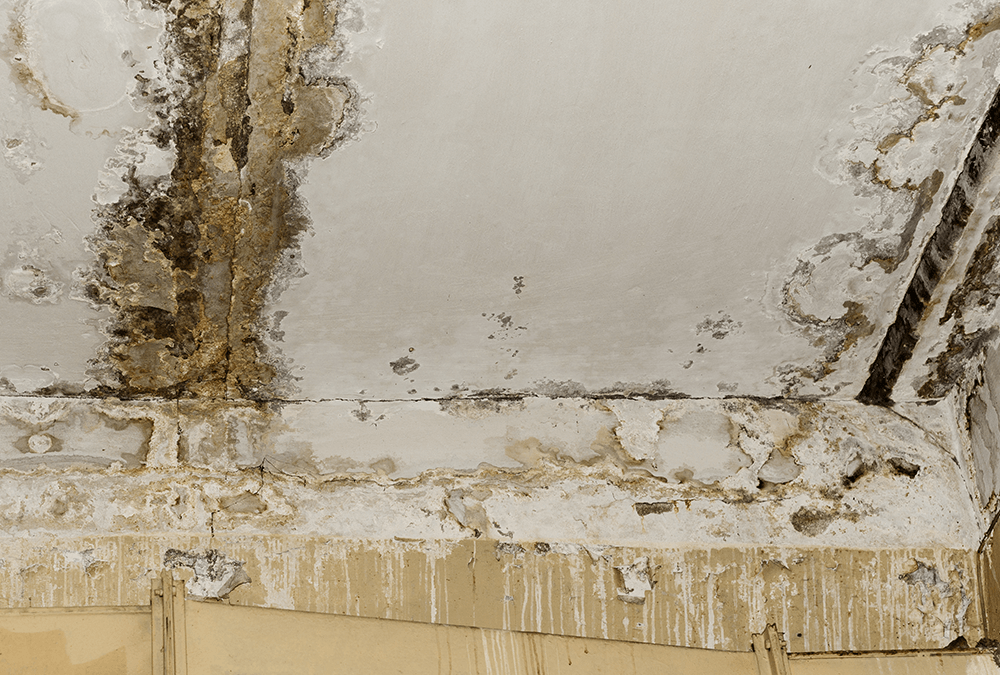Common Causes of Water Damage in a Bathroom
Common Causes of Water Damage in a Bathroom
Blog Article
Have you been searching for resources on How to Fix a Water Damage Bathroom?

The bathroom is exceptionally susceptible for wet build-up and prospective water damages due to the regular use water in it. This short article offers basic inspection strategies to help identifying water damage dangers.
The frequent use water in the bathroom makes it very vulnerable for damp accumulation as well as possible water damage. By evaluating it frequently, you can lower water related problems.
The following collection of examinations is simple to do and also ought to be done as soon as in every three months in order to maintain your bathroom healthy and also to prevent prospective water problems caused by the tub, the shower, pipeline joints and plumbing, sinks, cupboards, and also the toilet
Do not disregard executing these inspections as well as be detailed while performing them. Bear in mind that these basic examinations can save you a lot of cash by giving early indicators for water damages
Sinks and also Cabinets
Sinks and cupboards are subjected to dampness and humidity everyday as well as are usually overlooked. Inspect routinely under the sink and on the counter top over it. Fix any kind of drip in the trap as it may suggest drain issues. Check out the sink, slow-moving draining pipes may show an obstructed drainpipe. Replace sink seals if they are cracked or loose.
Tub as well as Shower
The shower as well as tub call for unique focus and also maintenance. Check the tiles and replace if broken. Ensure that there is no missing grout between the tiles. Check and replace cracked caulking at joints where the walls meet the floor or the bathtub. Clogged drains and pipes problems will certainly protect against the bath tub from drying out and also might show severe issues beneath the bathtub. Speak with an expert right away to avoid architectural damages. Focus on discolorations or soft locations around the tub wall surfaces as they may suggest an interior leakage.
Plumbing
Signs for water damages are difficult to discover considering that a lot of pipes are set up inside the walls.
Pay special attention to flooring and wall surfaces dampness and also discolorations as they might suggest an unnoticeable plumbing issue. Check moisture levels in adjacent areas too.
The Bathroom
The bathroom is a susceptible water junction. Examine the water lines and also look for leaks around the bathroom seat, in the hose, and under the water container. If you identify any kind of indications of wetness on the floor around the commode, look for leaks in the toilet edge as well as tank seals.
Be aware that hanging commode dish deodorants enhances the chances for obstructions.
Water Damage Signs In The Bathroom To Avoid Cleanup
Musty smell
This is one of the easiest signs to catch because musty smells are so odorous. The damp, earthy, moldy smell should be a big red flag. The smell will develop when moisture gets trapped in surfaces, and begins to facilitate mold growth. Leaking pipes under cabinets, inside walls, and behind shower fixtures will cause moisture to stay trapped and not dry, which will lead to mold growth and spread. As soon as you notice any musty smells in your bathroom, have it checked for hidden water damage and cleanup signs.
Visible mold
If the smell isn’t there to give it away, sometimes you will actually see mold growth. Finding mold in your bathroom is a serious problem, because mold is very harmful to your health. By the time mold growth is visible, it also means that water damage has already occurred and been present for some time. The only way the mold problem can be resolved is to find the source of the moisture and get it stopped. To safely and adequately remove mold, you need to have professionals handle the remediation. Do not waste any time in getting mold problems addressed, fixed, and sanitized so that you can protect you and your family from the many respiratory symptoms caused by mold exposure.
Damaged floors
Bathroom floors should be able to withstand some exposure to water while still remaining in good condition. However, when excess exposure or water leaks occur, they will begin to damage even the most water-resistant flooring. If you notice any cracking, bubbling, staining, or warping on your bathroom floors, there is probably a water leak somewhere causing the distortion. If you notice areas of the floor have become softer, or even have a spongy feeling, there is probably damage to the subfloor. Subflooring is typically made up of plywood. When plywood is exposed to water or moisture, it will absorb it. Once it has become saturated, the weight of the excess water will cause the wood to swell and soften. Check the floors in your bathroom frequently to catch any of these sings before they lead to damaged subflooring.
Changes on walls
When water leaks behind walls, it will cause changes in the drywall. Peeling plaster, blistering paint, and soggy wallpaper are all good indicators that excess water is building up behind the wall. Water leaking behind drywall will cause it to swell and be soft to the tough. If you start to notice gaps along the trim of your walls, or where tile meets the wall, it could also be a strong indicator that there is a leak behind the wall. Any changes, distortion, or damage on the walls should be evaluated as soon as you notice it to prevent further water damage and cleanup.

I came across that content on How to Repair and Prevent Bathroom Water Damage when doing a lookup on the internet. Be sure to take a moment to share this entry if you enjoyed reading it. Bless you for your time. Visit again soon.
Show Details Report this page